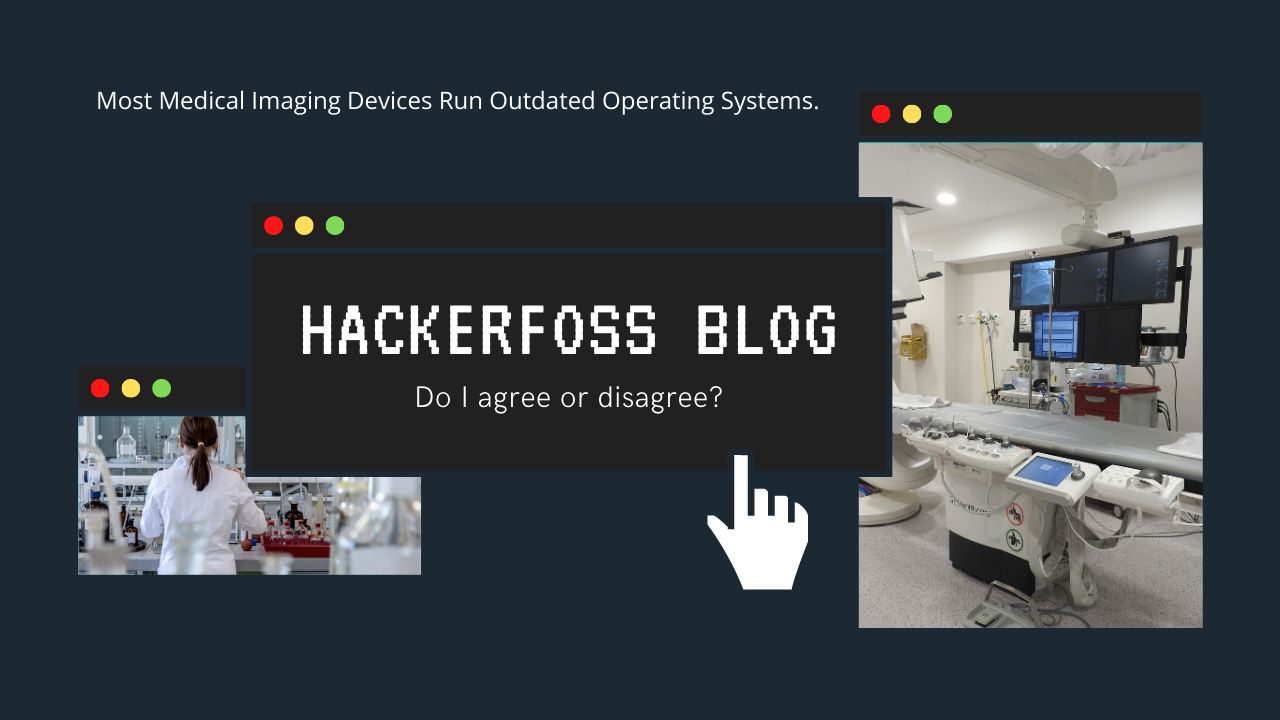Many hospitals and healthcare institutions around the globe use deprecated Operating Systems on their Medical Imaging Devices. In my opinion, I agree that almost all medical imaging devices use deprecated Operating Systems.
The main reason why I agree many medical imaging devices use old and outdated operating systems is that according to new research from an American multinational cybersecurity firm Palo Alto Networks, they have analyzed more than a million devices operated across thousands of hospitals and healthcare institutions in the United States and found out that 83% of Medical Imaging Systems are running outdated Operating Systems. I can attribute most of that is due to Microsoft ending support for Windows 7 in January.
To illustrate, the WannaCry ransomware attack back in May 2017 infected more than 300,000 computers which were running the Microsoft Operating System. According to data from a Russian multinational cybersecurity firm Kaspersky, roughly 98% of the infected computers were running Microsoft Windows 7.
In addition, in research by American company Forescout Technologies, they have analyzed over 10,000 virtual local area networks (VLANs) and more than a million devices within the company’s device cloud to understand the security risks faced by healthcare institutions.
In conclusion, Yes, most medical imaging devices run outdated operating systems. To solve these healthcare institutions should enforce software updates a major priority in procurement to push original equipment manufacturers (OEMs) towards more stringent security measures.
Most Medical Imaging Devices run outdated Operating Systems. To what extent do I agree?
 Reviewed by Vaishno Chaitanya
on
March 17, 2020
Rating:
Reviewed by Vaishno Chaitanya
on
March 17, 2020
Rating:
 Reviewed by Vaishno Chaitanya
on
March 17, 2020
Rating:
Reviewed by Vaishno Chaitanya
on
March 17, 2020
Rating:










No comments: